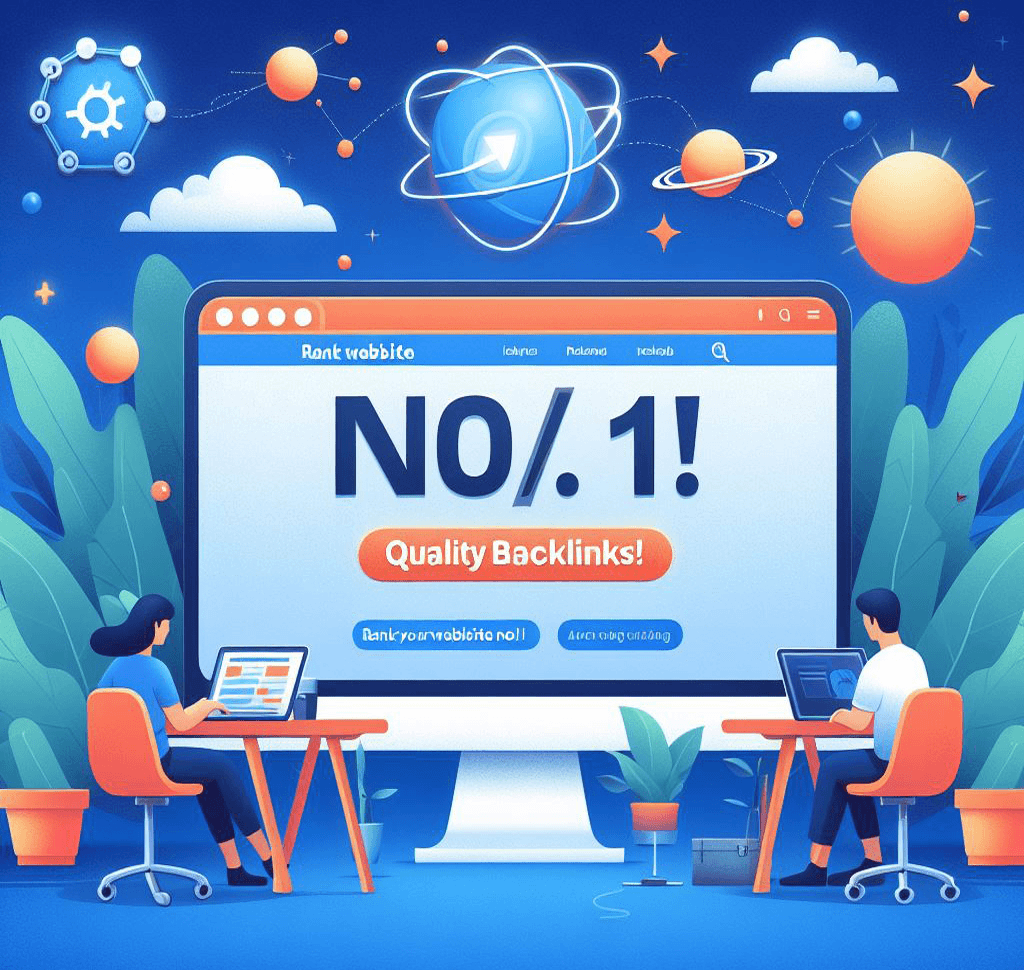In the world of business, effective communication is crucial. Whether you are presenting a new product, pitching an idea, or trying to build a connection with your audience, storytelling can be a powerful tool. Storytelling has the ability to captivate an audience, evoke emotions, and leave a lasting impact. In this article, we will explore the art of effective business storytelling and how it can help you engage your audience.
Why is storytelling important in business?
Storytelling is an essential skill for any business professional. It allows you to communicate your message in a way that is relatable and memorable. By telling a story, you can capture your audience’s attention and create a connection that goes beyond facts and figures. Storytelling also helps to humanize your brand, making it more approachable and authentic.
When you tell a story, you engage multiple parts of the brain. This not only helps your audience remember the information better but also makes them more likely to take action. By tapping into emotions, storytelling can inspire and motivate your audience to support your ideas or products.
Elements of effective business storytelling
1. Identify your audience: Before crafting your story, it’s important to understand who you are speaking to. Tailor your message to resonate with their needs, interests, and values. This will help you create a story that is relevant and meaningful to your audience.
2. Have a clear message: Every story needs a purpose. Identify the main message you want to convey and structure your story around it. Make sure your message is concise and easy to understand.
3. Create a compelling narrative: A good story has a beginning, middle, and end. Start by setting the stage and introducing the characters or situation. Build tension or conflict in the middle, and resolve it by the end. This structure keeps your audience engaged and interested in what happens next.
4. Use vivid language: Paint a picture with your words. Use descriptive language to bring your story to life and make it more engaging. This helps your audience visualize the story and connect with it on a deeper level.
5. Include personal anecdotes: Share personal experiences or anecdotes that relate to your message. This adds authenticity and credibility to your story, making it more relatable and memorable.
6. Keep it concise: While storytelling is powerful, it’s important to keep your story concise. Avoid unnecessary details or tangents that can distract your audience. Focus on the key points and keep your story moving forward.
Engaging your audience through storytelling
1. Start with a hook: Grab your audience’s attention from the beginning. Use an intriguing question, a surprising fact, or a compelling statement to pique their curiosity.
2. Use visuals: Visual aids such as images, graphs, or videos can enhance your storytelling. They help to create a more immersive experience for your audience and make your story more memorable.
3. Involve your audience: Make your storytelling interactive by asking questions, encouraging participation, or incorporating interactive elements. This keeps your audience engaged and actively involved in the story.
4. Use humor: Humor can be a powerful tool in storytelling. It lightens the mood, creates a positive association with your brand, and helps your audience remember your message.
5. End with a call to action: After telling your story, guide your audience towards the desired action. Whether it’s making a purchase, signing up for a newsletter, or supporting a cause, make it clear what you want your audience to do next.
Conclusion
Effective business storytelling is a skill that can set you apart from your competitors. By crafting compelling narratives that resonate with your audience, you can engage their emotions, capture their attention, and leave a lasting impact. Remember to identify your audience, have a clear message, and use vivid language to create a story that is both memorable and relatable. By mastering the art of storytelling, you can effectively communicate your ideas, build connections, and drive action.



